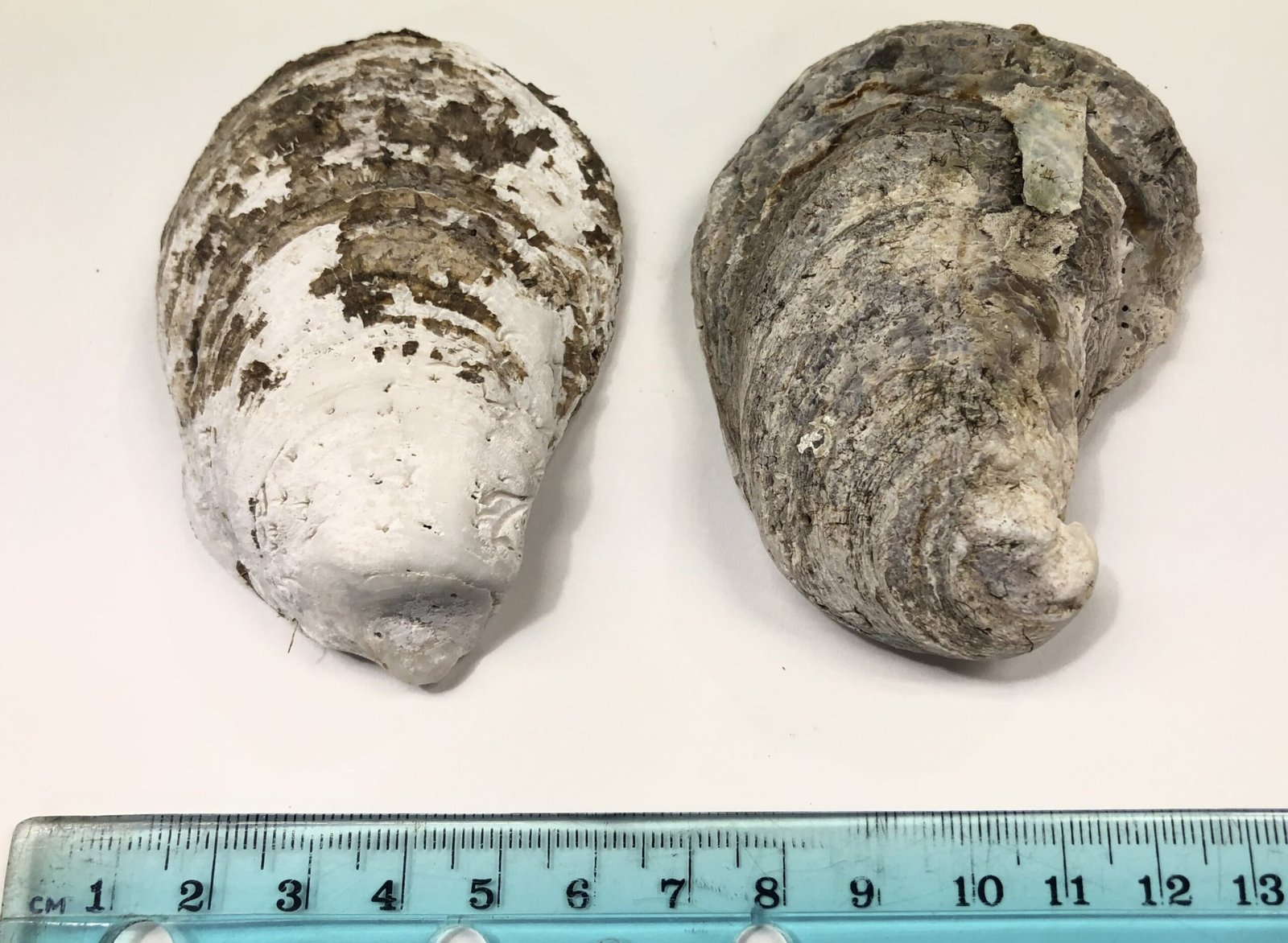
Oysters and mangroves are both essential to protecting and restoring Florida’s coastlines that they call home, including defending them against storms.
As mangrove populations are increasing due to successful restoration efforts and favorable weather, however, their strong comeback may pose unintended consequences for oysters, according to new research from UCF graduate student Katherine Harris and Pegasus Professor Linda Walters published in the Marine Ecology Progress Series.
To protect Florida’s coastlines, the researchers hope their new findings can initiate efforts to strike a balance within coastal ecosystems so both oysters and mangroves can flourish without harming each other. Otherwise, the mangroves could eventually dominate oyster reefs.
“Mangroves are great at changing their surrounding habitat to benefit more mangroves coming in,” says Harris, who is pursuing a doctoral degree in integrative and conservation biology.
“Mangroves will naturally acidify surrounding sediment, which may not be great for oysters. Oysters, since they are a shell-forming organism, are prone to dissolution in acidic conditions. So, as the acidity increases, the oyster shells might degrade, which would impact the overall reef viability and the ability of those reefs to provide beneficial services such as filtration, storm surge reduction and wave attenuation.”
The research team found that mangrove populations have nearly tripled in areas where oysters also live over the past 20–30 years, leading to a significant acidification of oyster reef sediment.
This acidification causes oyster shell dissolution, with shells losing 8% of their mass over two years in mangrove-dominated areas compared to 1% in oyster reefs without mangroves. Some extreme cases even showed as much as a 40% loss of shell mass.
Walters, who is also part of the UCF Coastal: National Center for Integrated Coastal Research faculty cluster, says that the mangroves’ encroachment on oyster reefs isn’t as much of an act of war as it is an advantageous opportunity for them.
“This is the primary question that we get: “Should we now be removing mangroves from oyster reefs, including restored oyster reefs?'” she says.
“It is important to share that the mangroves have done nothing wrong—they are simply being mangroves, trees that have hundreds of propagules that disperse in the water via currents.”
So, what’s at stake if oyster reefs decline to critical numbers?
“Primarily, we’d lose water filtration capacity as well as some protection against storm surges and erosion,” Walters says.
“Each oyster filters approximately 20 gallons of water per day. Oysters remove sediments and plankton to improve water clarity for species like seagrasses to get sufficient sunlight, and a decline in oyster reefs would cause food loss for birds, crabs and fish. Because oyster reefs also reduce the impact of waves on shorelines, a decline in reefs may also lead to coastal communities experiencing higher storm surges and more erosion.”
Ensuring that oyster reefs can safely navigate these changes and thrive along with mangroves is a crucial part of coastal restoration efforts, she says.
“We work on public lands, state and national parks, so our mission is to provide the science to the park resource managers to help them make decisions,” Walters says.
“While both species benefit estuaries in numerous ways, tipping the balance so that mangroves dominate and have the potential to completely overtake oyster reefs is a very new concern.”

For the experiment, the research team did not use live oysters. They instead placed cleaned and emptied shells in mesh bags throughout areas with varying mangrove densities within Mosquito Lagoon and Indian River Lagoon to study the effects of acidification on the shells.
The results inspired researchers to explore ways to help mangroves and oysters coexist more effectively and continue protecting coastal ecosystems.
While comparing sediment pH, researchers found a dramatic difference in acidity between habitats. When comparing an oyster reef without mangroves to an oyster reef with mangroves, they observed an 85% increase in acidity. While comparing an oyster reef without mangroves to a fully mangrove-dominated area, there was a 142% increase in acidity.
Live oysters may be able to protect against acidification and build their shell over time, but that may be a misappropriation of the animal’s limited energy, Harris says.
“Live oysters are probably going to be able to have some pushback against acidification,” she says. “However, it probably would negatively impact their health, because they’re no longer focusing on getting bigger.”
Harris suggests that future efforts might consider the balance between mangrove benefits and oyster reef viability, potentially altering restoration strategies to mitigate these impacts.
“It’s really important to understand that both of these habitat types are essential,” she says.
The university’s Coastal and Estuarine Ecology Lab (CEELAB), helmed by Walters, partners with local educators to help mangroves grow from seedlings until they’re ready to be planted in areas marked for restoration.
In the past academic year, Walters estimates that 1,700 mangroves were grown in 35 classrooms to support coastal restoration. Walters’ CEELAB has been studying oyster restoration efforts for about two decades, and these new findings add crucial context for future research.
“We do understand the importance of mangroves for shoreline protection and along these shorelines the mangroves grow landward of the oysters,” she says. “There is something novel about mangrove encroachment on oyster reef islands and this requires further study.”
Harris led the project in collaboration with UCF biology undergraduate researcher Meghan Bradburn and with the guidance of Walters.
More information:
Katherine P. Harris et al, Mangrove-driven acidification and shell dissolution on intertidal oyster reefs in a subtropical estuary, Marine Ecology Progress Series (2025). DOI: 10.3354/meps14894
Provided by
University of Central Florida
Citation:
Research aims to resolve coastal conflict between oysters and mangroves, aiding restoration efforts (2025, August 4)
retrieved 4 August 2025
from https://phys.org/news/2025-08-aims-coastal-conflict-oysters-mangroves.html
This document is subject to copyright. Apart from any fair dealing for the purpose of private study or research, no
part may be reproduced without the written permission. The content is provided for information purposes only.




